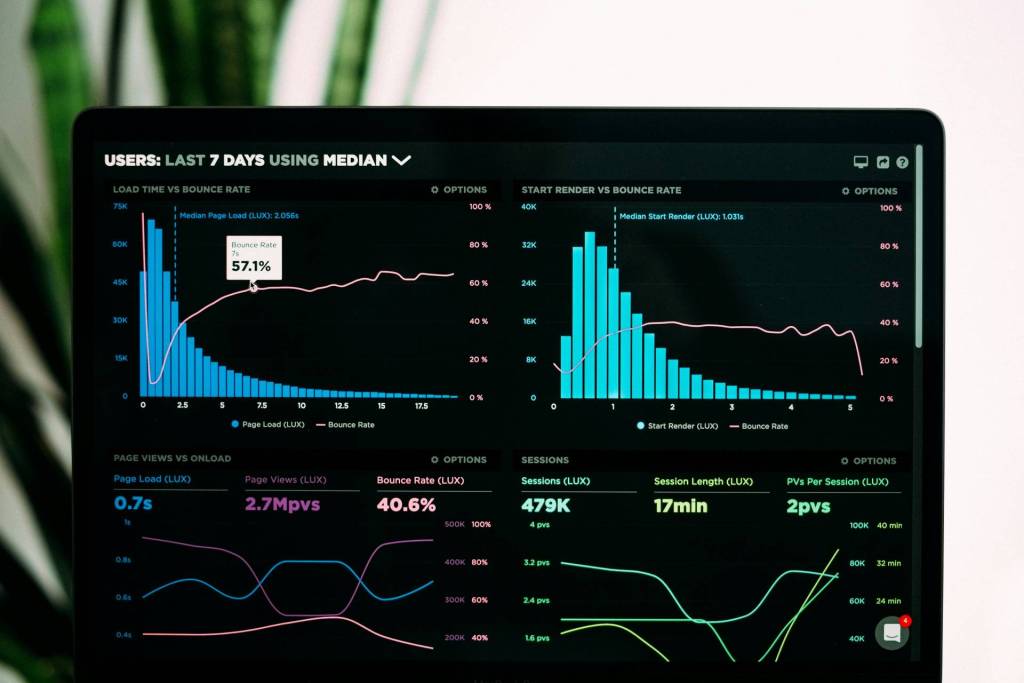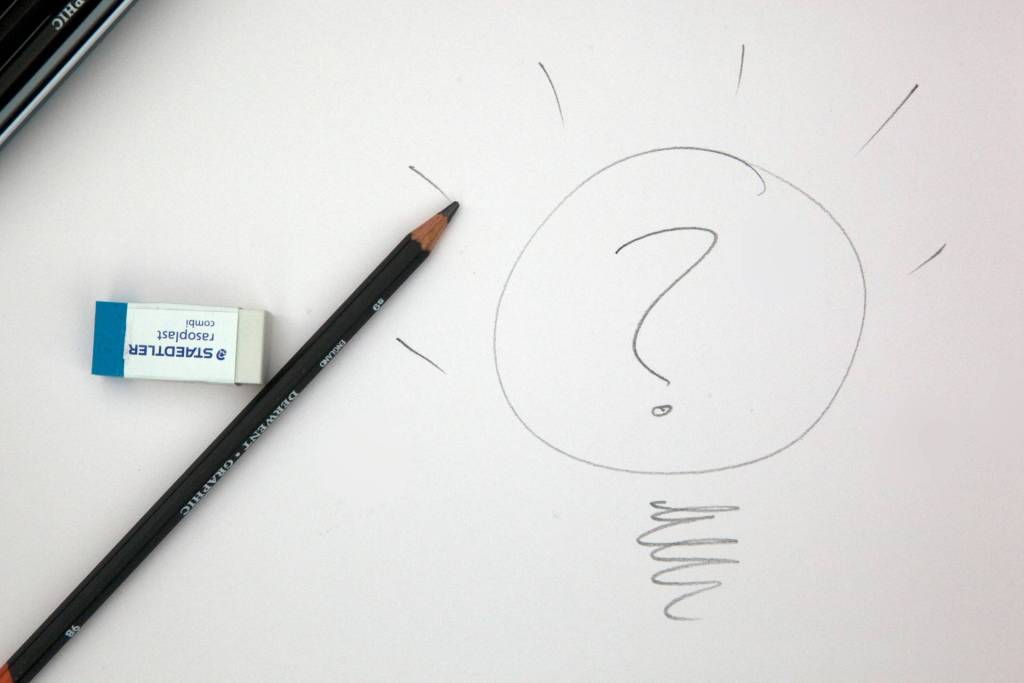E-newsletters are a great way to stay in touch with your network, clients, and/or customers while still providing value to these individuals. Think about it: You likely receive an e-newsletter each week from a company or an individual whom you admire or enjoy. You might even share the content inside the newsletter with your network or forward it to a friend.
Create your own e-newsletter in these seven easy steps:
- Set goals. What do you hope to achieve by sending out this e-newsletter? What’s the purpose? How will you measure success? Perhaps you’d like to direct more people to your content or increase registrations to an event you’re planning. Make sure your goal is specific and measurable—how else will you determine if the e-newsletter is working toward your goal(s)?
- Determine target audience. If you have a specific goal, you should be able to easily determine who your target audience is for the e-newsletter. For example, if you’re planning an event and want more registrants, the e-newsletter should appeal to the audience of the event.
- Decide on frequency. How often will you send out a new newsletter? Will it be daily, weekly, monthly? Think about your target audience—how often is too often for them? If you’re unsure, start with bi-monthly or monthly. You can always increase communications once you find out the frequency that works best.
- Choose a program. How are you going to reach your subscribers? One of the easiest ways is to use email marketing solutions such as MailChimp or ConstantContact. Set up a template to match your blog or website. Don’t forget to allow for users to unsubscribe at any time—you don’t want to force anybody to continue receiving emails if they don’t find value in them.
- Advertise to your target audience. Put a signup form on your blog or website. Tweet out the link. Share with your Facebook fans how the newsletter can benefit them. Reach your target audience with your message to get subscribers.
- Develop content. What do you want to get across in your e-newsletter? Will you use existing content from blog posts or eBooks? Will you write all new content? Do you plan on reaching out to other thought leaders in the space to ask for content or advice for the newsletter? Develop an editorial calendar to keep track of your ideas for each newsletter to ensure fresh content goes out each time.
- Send—and listen to feedback. Once you’ve gotten your newsletter drafted, edited and revised, it’s time to send it to your subscribers. Whether you have five or 50 people signed up to receive your e-newsletter, don’t delay in sending it out. The feedback you receive can be an invaluable way to learn what your audience likes (or dislikes) and make future e-newsletters even more valuable for them.












